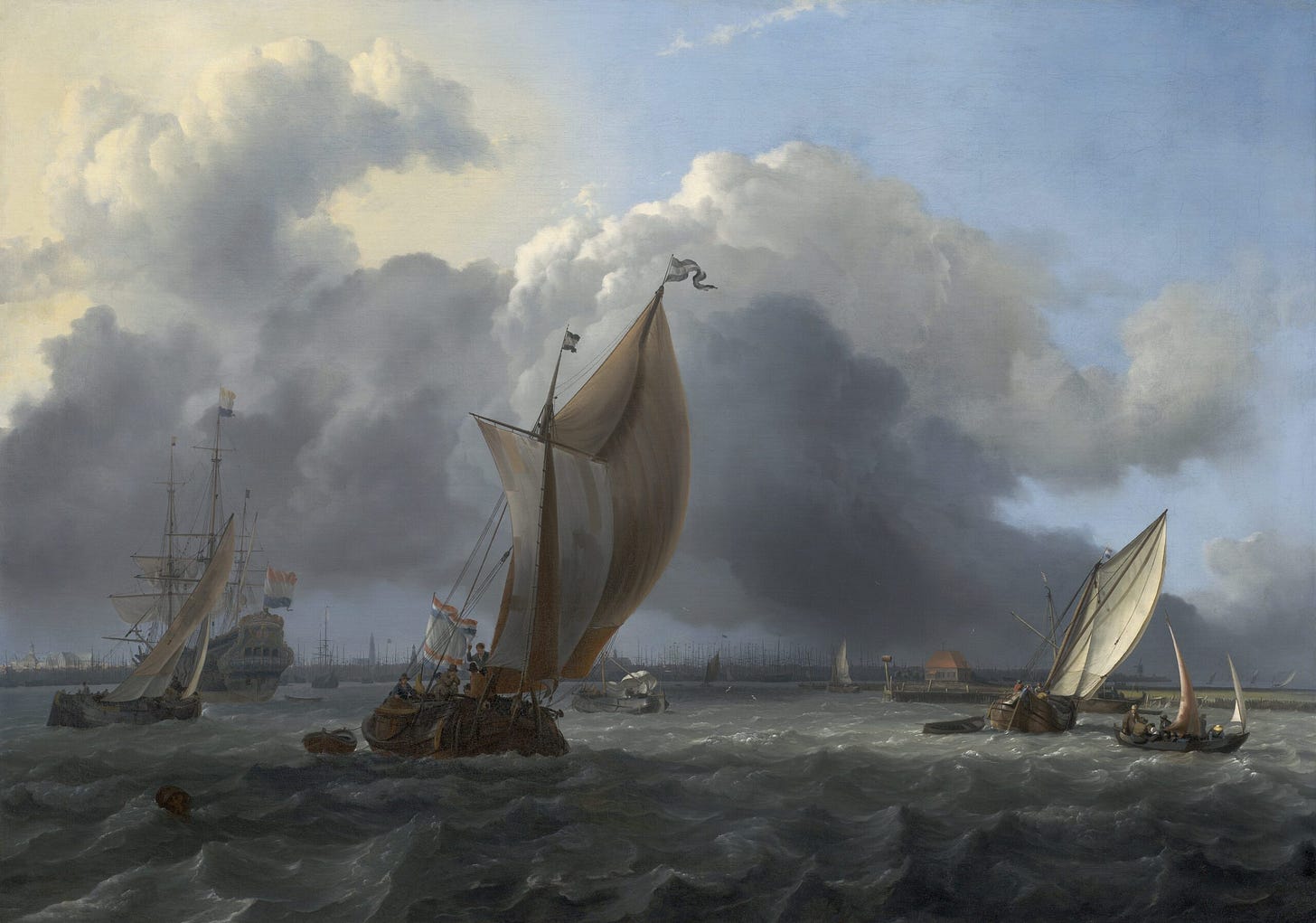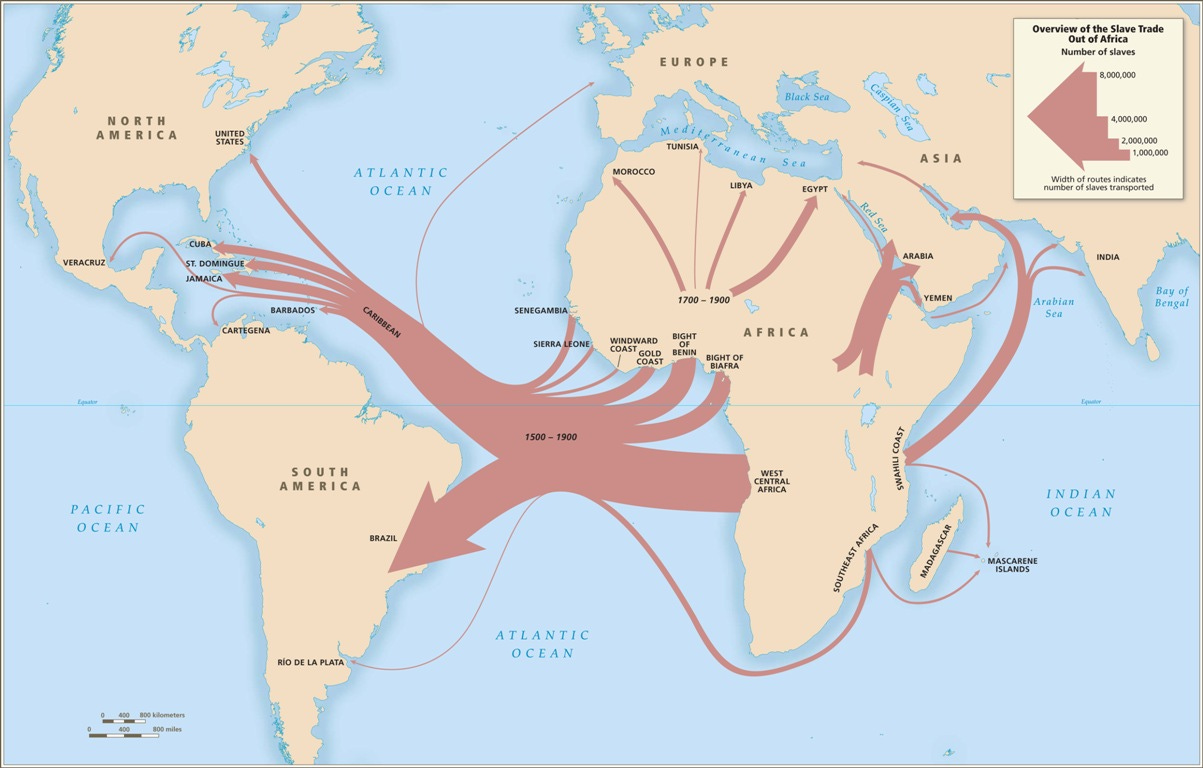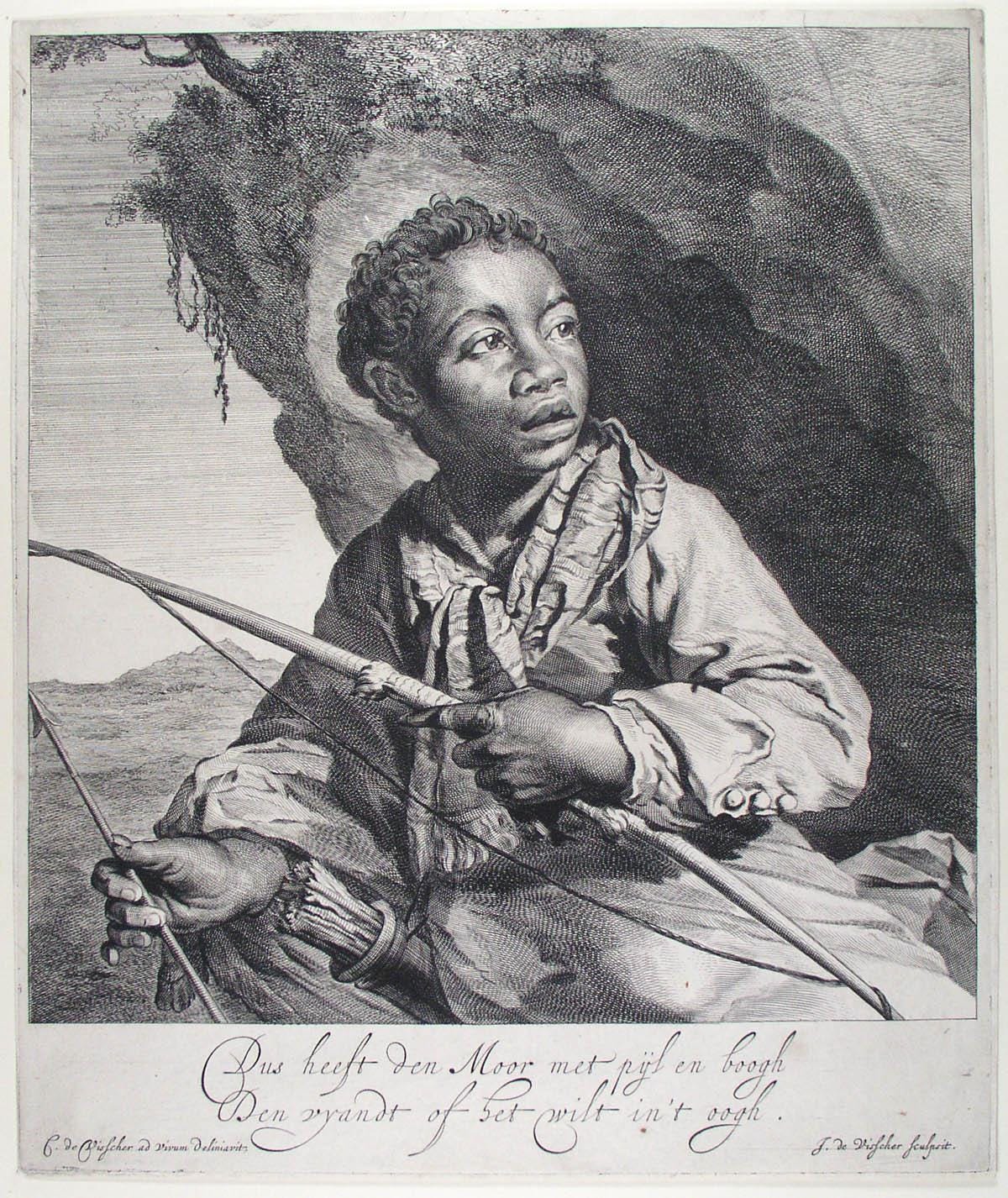I See a Strange Confession In Thine Eye
How a visit to the High Museum unlocked the meaning of 'Free'
Welcome to The Watering Hole! I cover art, history, and culture through a black lens.
Hi everyone! Happy New Year and I hope all of you are well. Before we delve into today’s article, I have a few exciting updates to share with you:
A. Towards the end of this month, I’m sending out a Round-Up Newsletter. This newsletter is a makeover of my current newsletter Create Pop, some of which you are already subscribed to!
The Round Up will allow me to do all the things I was doing at CreatePop and then some. I’ve been working on it for awhile and I’m super excited to share it with you all, stay tuned!
With that being said - -
B. I am revamping Create Pop and naming it the The Jurisdiction. The Jurisidiction will feature more of my retro pop culture writings, including film and music reviews, food reviews, and other things I’d like to cover that don’t fit the format of The Watering hole. If your interested please subscribe! I think you’ll enjoy it!
** Bonus - I am looking for writers for both publications! I’ll put together an official pitch call out but if you are /or know anyone who is interested in pitching please share this with them.
Lastly! My Writers Write virtual sessions are kicking off this month for 2025. In short, if your looking to write a book and don’t know where to start, need an accountability hour, or just want a chill space to write please join me! We meet on Thursdays, 7:30-9:00pm via Zoom. Check out my IG page to get a sense of what we’re about and I hope to you there.
That’s all - now onto the article!
This piece is a recap of a trip I took to the High Museum last year to see Dutch Art In A Global Age - enjoy!
A Dark New Journey
As I walked through the large glass doors of the High Museum, I remember feeling a bit out of place. For the first time since my many visits to the museum, I didn’t know what I was in store for with the newest installment of Dutch Art In A Global Age.
Hailing from Boston, Massachusetts the exhibit promised much of what we’ve seen before. Still life paintings of bowls, maps, ships, self-portraits of the wealthy, and Rembrandt—lots and lots of Rembrandt.
Still, I happily made my way to the second floor and was immediately met with a dark, almost rouge-like, purple entryway into the exhibit. This purple entryway laid the foundation visitors would take moving through multi-colored sections showing Dutch global expansion and its impact on the world.
For example, the purple entryway was indeed littered with those still-life paintings of floral vases, fruit, bowls, fruit in bowls, etc.
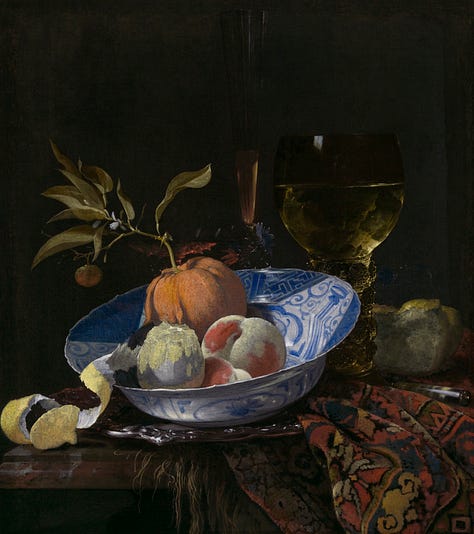
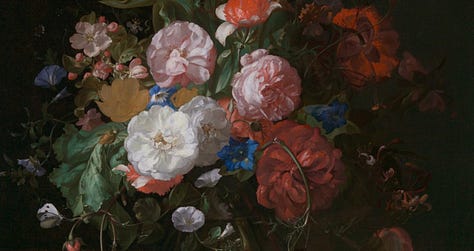
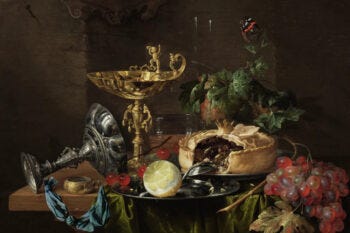
Of the many paintings displayed several were done by revolutionary Dutch female artists, Rachel Ruysch, Clara Peters, and Alida Wooths. After I finished surveying the purple section I traveled into the Blue.
You know the famous paintings of Dutch ships printed on postcards, mugs, and other knick-knacks - they were all here.
Blue represented the Naval navigational pathways of the Dutch everywhere they sailed and the global impacts of their maritime endeavors.
I began to breeze through this room (pun intended) when right off to the side tucked away was the true crux of the exhibit.
In the room was a projector displaying the sailing routes the Dutch West Trading Company and Dutch East Trading Company took; both overlapping through the shores of Africa.
Then it hit me that this exhibit was telling a new story - a story of a dark, new journey. One that was explosive and ambitious and set the Dutch on the ‘He Shall Not Be Named’ global status.
This Dutch tale was one of colonization and the devastating trail it left in its wake.
I discovered the Dutch Art in a Global Age exhibit is one silver of a larger conversation Dutch and Netherlands cultural institutions are having; addressing their past historical faults amid quite literally their shiniest era.
Now to note, the remainder of the exhibit isn’t a lecture about the Dutch involvement in the slave trade. It isn’t explicitly mentioned again past the room it was in. Yet when I entered the Red section of the exhibit, representing Fire, the photo before me struck a chord with me that I was not expecting.
I can’t describe whether it was the eyes, the posture, or seeing a brown boy in a portrait that stopped me in my tracks.
I just knew I wanted to know everything about him and changed the convo for me entirely.
Identity of the Young Archer
Engraved by the first sketches, Cornelis Visscher in 1648, the inscription beneath the painting reads -
Dus heft den Moor met pijl en Boogh / Den vyandt of het wilt in't oogh" (Thus lifts the Moor his bow and arrow / The enemy [or wildlife] to eye)
In 1750 his brother Jan De Visscher did a reproduction of the sketch changing the inscription to (what I’m sure he thought) would be a better description.
hus Arm’d, the Indian with his Dart & Bow / Pursues with eager Eye, his Woodland Foe
To me, neither inscription accurately captured the magnitude of what was being portrayed. Thanks to the exhibit curators, an inscription read -
The word FREE sent me! What I was seeing was a young black archer poised and ready to strike, acting in his autonomy, and living free in a land of oppressors. Whether he was a soldier in the army, a Huntsman, or a Muse is unknown.
The exaggeration in his eyes and face that captivated me would categorize this sketch as a Tronie. Unlike self-portraits depicting an existing person, Tronies were experimental pieces of art that represented a ‘figure’ or character.
Think like a roughly ancient 17th-century comic book character.

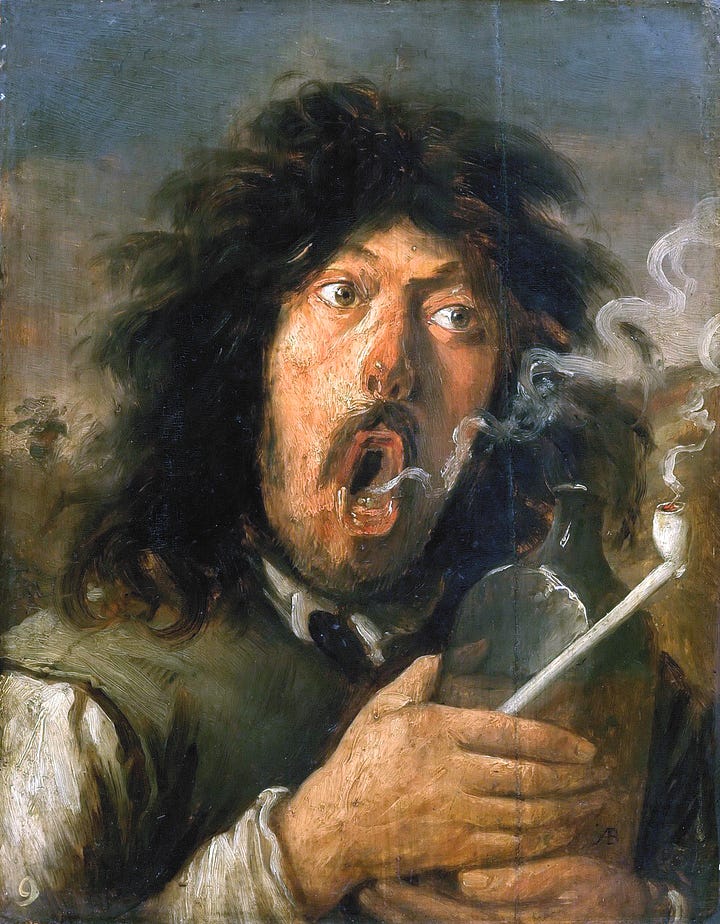
Tronies covered any subject yet, there are hundreds of tronies depicting black figures in some form of a high position, most from Rebrandnt’s body of work. So this got my wheels turning, on Dutch arts’ role depicting black life.
Even if Tronies are ‘made-up figures’ or characters, the inspiration of these ‘characters’ had to originate somewhere. So is this more of an excuse to take the pockets of successful Afro-Dutch life and water it down into caricatures? Or! Were these circulated pieces of art showing the free lives of black people in Amsterdam?
And, what’s more, if these black people were indeed free in Amsterdam who were they, and how did they come to be on Dutch shores?
Two Sides To The Same Story


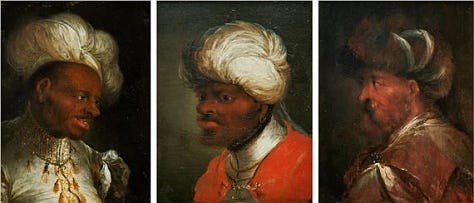
My research has brought me two interesting facts. While slavery was not practiced in the Netherlands slaves were still brought to Amsterdam and presented as gifts to wealthy Dutch citizens. As soon as they touched Dutch shores they were deemed servants and their duties included house management, bookkeeping, horse grooming, and more.
In the same, there was an already small established black community in Dutch who managed to use their talents and found favor and work, voluntarily, with the wealthy Dutch establishment.
With that being the case, it seems black people in Dutch art can be a result of capturing people from either group. My research on the established black community operating among the Dutch wealthy continues.
Compared to the oppressive labor system of their American counterparts I stagger under the realization of this fact and how art was capturing it all.
Black In White Spaces
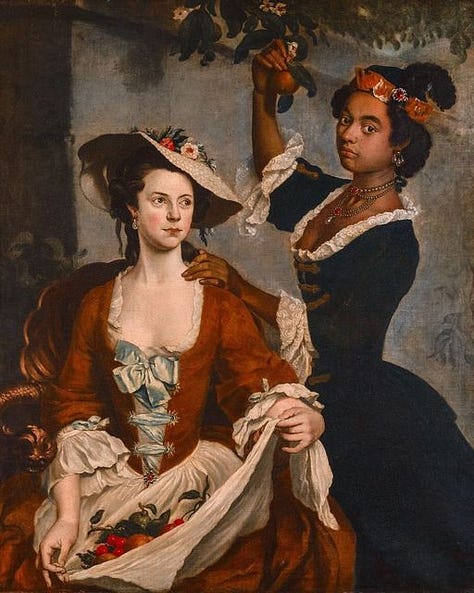
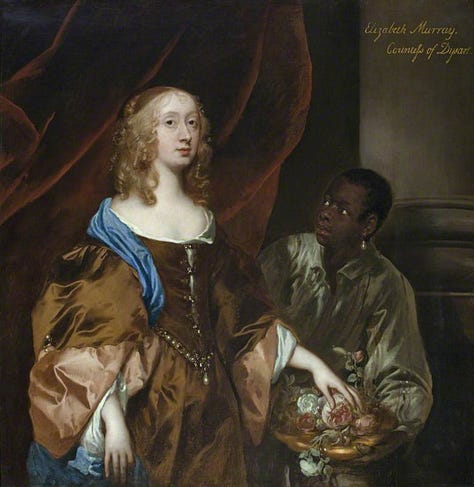
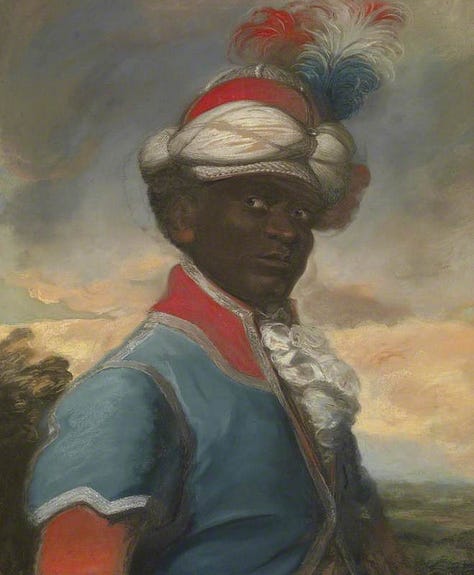
While I enjoyed the remainder of the Dutch Art In a Globa Age exhibit I did wish it featured more pieces of Black people in Dutch art.
What drew me to the painting of the Young Archer was simply seeing him.
He was singular. He was the focus. He took up space in every inch of the frame.
Though one may reduce him and other prominent Dutch Africans to a tronie, there’s a possibility that someone like this young free black archer and his community existed. That was the strange confession in his eyes.
On my journey to discover the makeup of this community and its livelihood, I’m excited to report back what I find.
I hope you enjoyed this article! If you are interested here are some resources I’ve found I’m happy to share with you all.
Feel free to comment, share, and like this post!
New York Times Article | WBUR - Black In Dutch Paintings | Dutch Art In A Global Age Write Up
to add to Notion - https://www.rct.uk/collection/990755/an-archer-in-a-turbanned-headdress
https://mcny.org/sites/default/files/2016-11/MCNY_Educator_Resource_Guide_Lesson4_0.pdf







